The past few nights here in the southern portion of Northeast Ohio have been in the teens, so I’ve been thinking about the “odd couple” at Zoar Wetland.
This past autumn, a goose and brown duck (no one seems to know the proper name, although it does resemble a Mallard), took up residence at the lower side of the lake, which just happens to be about 50 feet from “my” tree stump.
My first and only encounter with the pair was on November 13th, but it was a memorable one. I hiked about 1/4 mile to my usual spot, sat down on the stump by the water’s edge, and readied my manual settings. I saw the cranes and egrets, as well as a few killdeer, but was unable to take even one shot. I was interrupted by a honking goose heading straight toward me, and a brown duck following quietly behind.
Neither the goose nor I was willing to surrender our spot. She, or maybe he, was pecking at my boots, pulling on my shirt, checking out my camera, and even posed for a few portrait shots. She seemed very protective of the little duck, always putting herself between us. After a little while, she calmed down and wandered just a few feet away from me, but always came back to keep me in check.

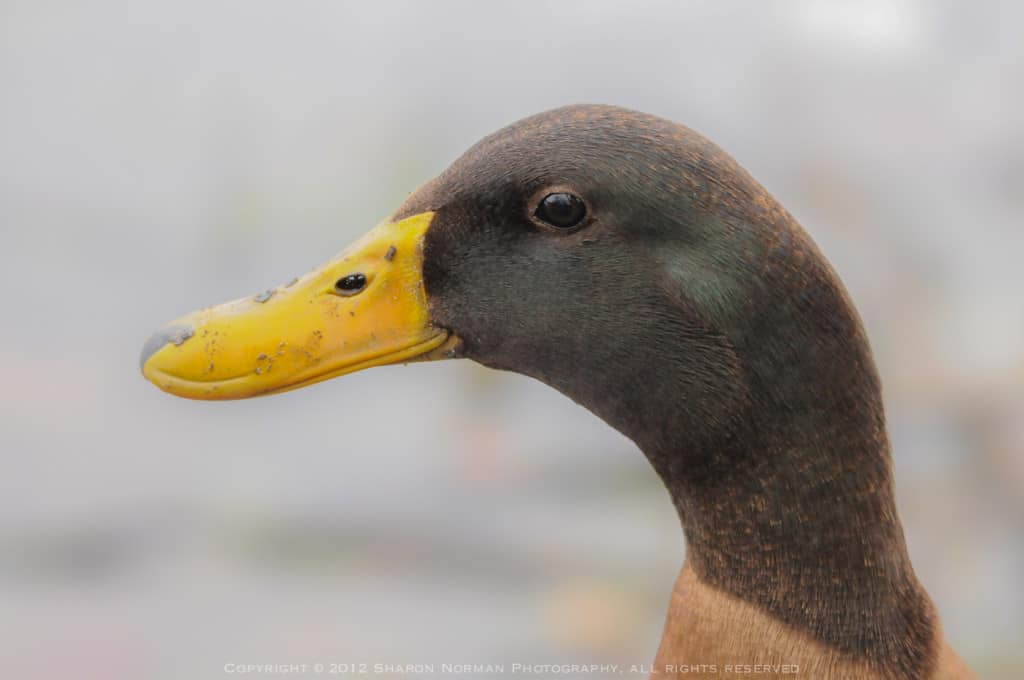
I woke up this morning with the goose and duck on my mind, so I packed up some bird seed, a blanket, and a large Rubbermaid storage container in hopes of making them somewhat warm and comfortable for the winter. I had read on Zoar Wetland’s Facebook page that they weren’t sure if the pair could fly so I wasn’t sure what I would find. Once I arrived at my spot, there was no cardboard box, no goose, and no duck. There was some straw and bird food spread around, but no sign that the pair had been there recently. I’m hoping that they either headed south for the winter or someone took them where they could have some shelter for the winter months.
I decided to stick around anyway, so I sat on my stump and waited for the birds to get accustomed to my presence. Below are a few of the shots I took.
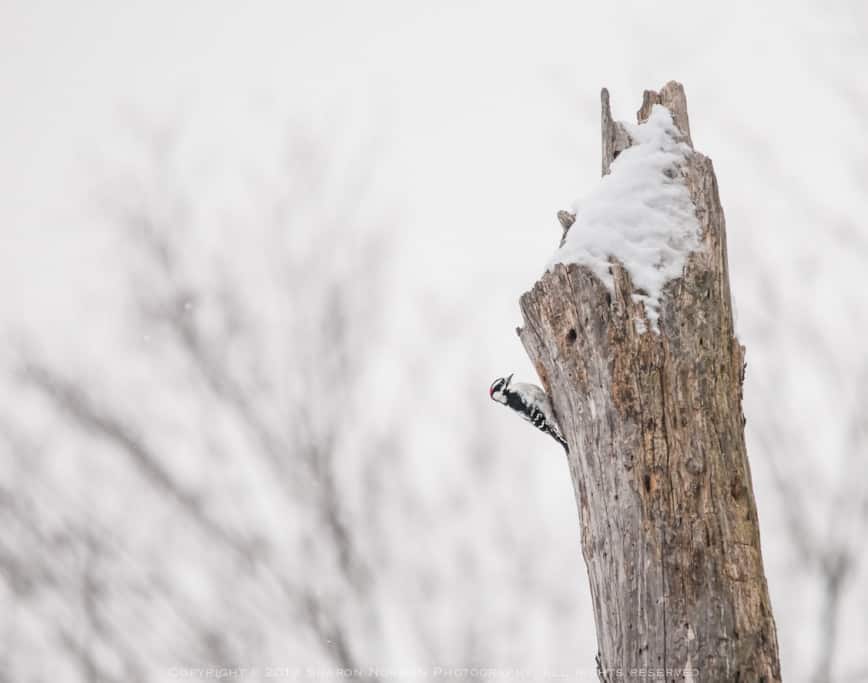
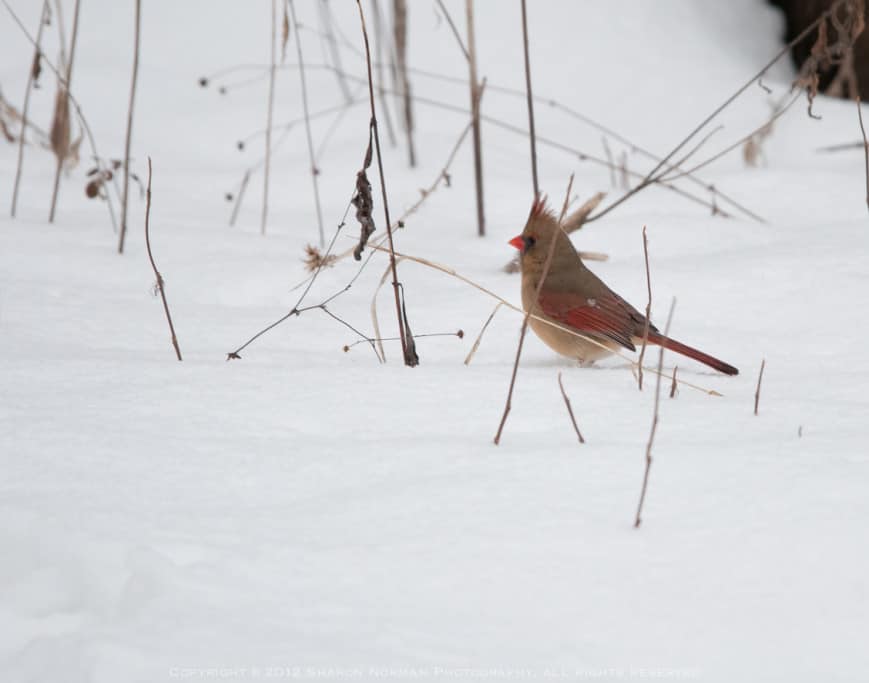
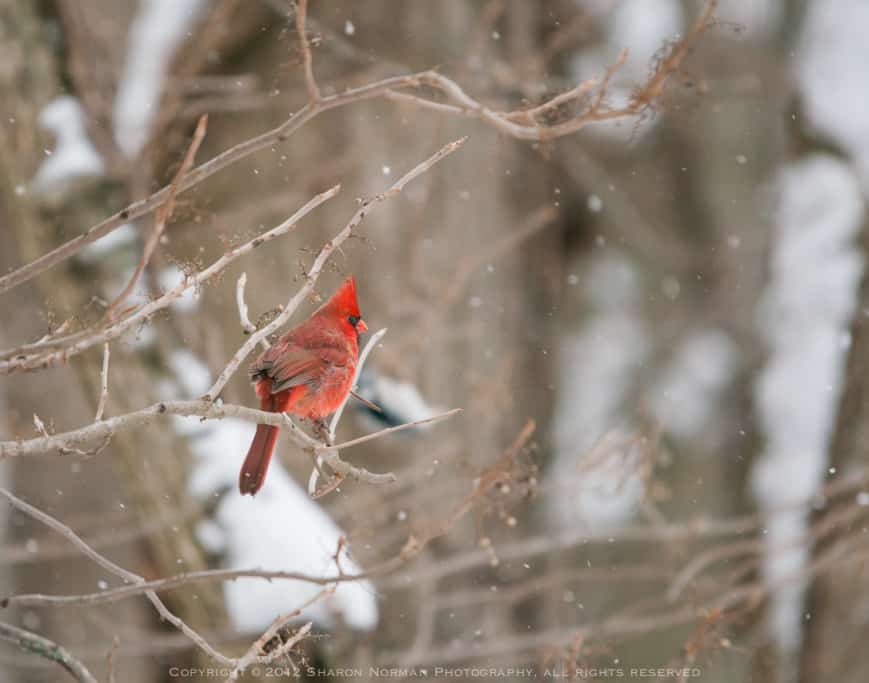
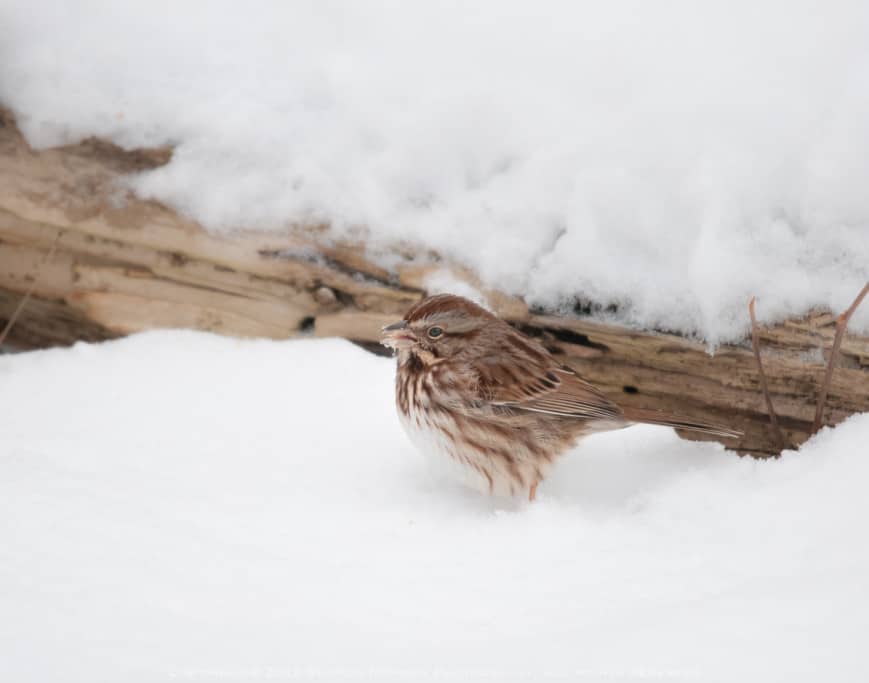

Zoar Wetland is located behind the historic Zoar Village, which is listed as one of America’s 11 Most Endangered Historic Places. A failing levee separates the lake and the village.The U.S. Army Corps of Engineers states that one option is to raze the village and flood the entire area, another option is to rebuild the levee at a cost of at least $100 million. The Corps is conducting a study on how to best handle the situation and should make a decision by 2015.
Zoar Wetland Arboretum
Historic Zoar Village
Sharon Norman
Adventure seeking traveler; wildlife, landscape, waterscape, macro, portrait and pet photographer
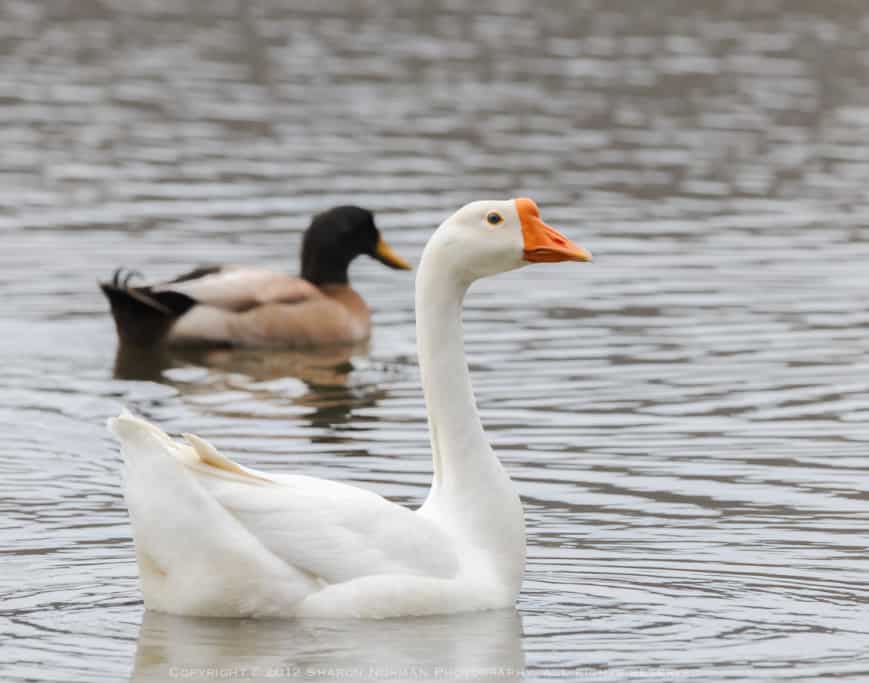
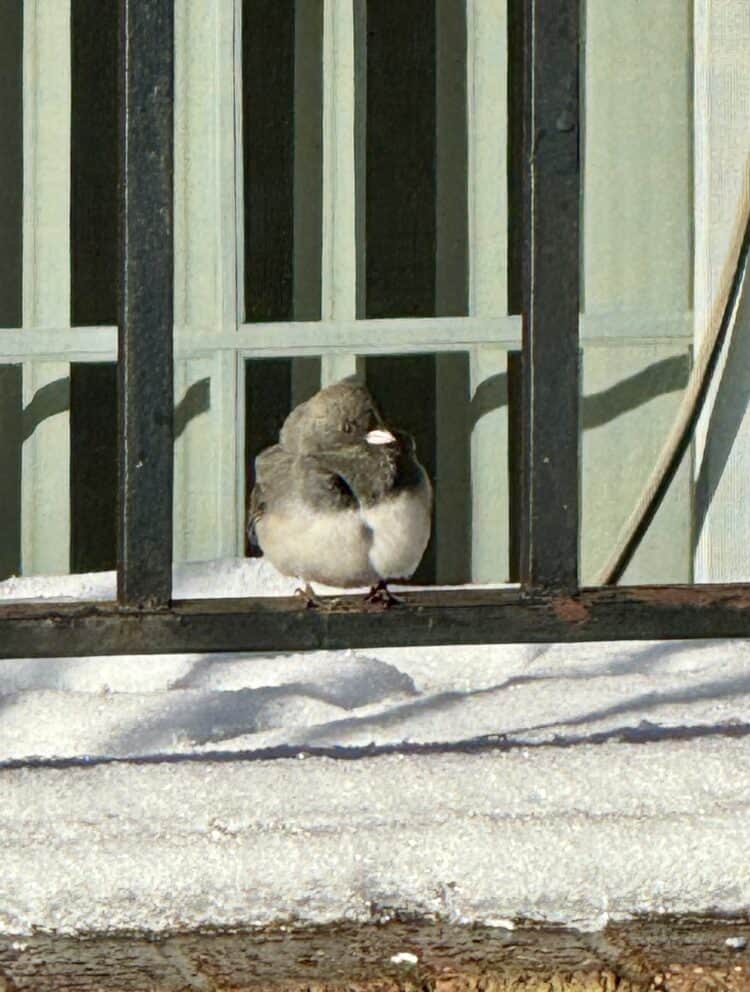
Leave a Reply